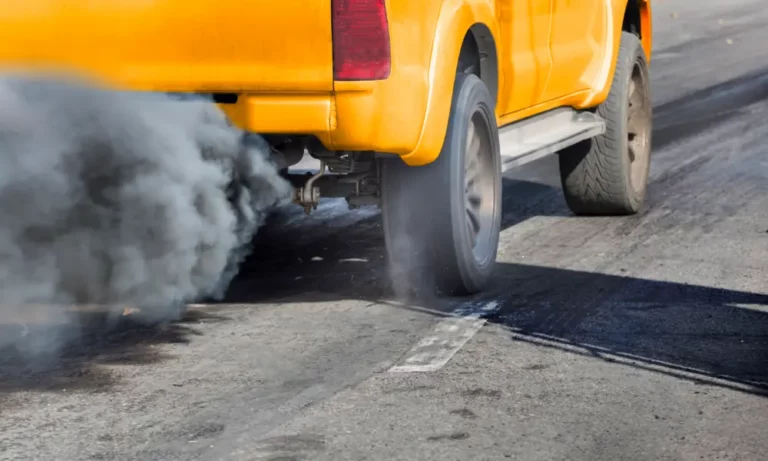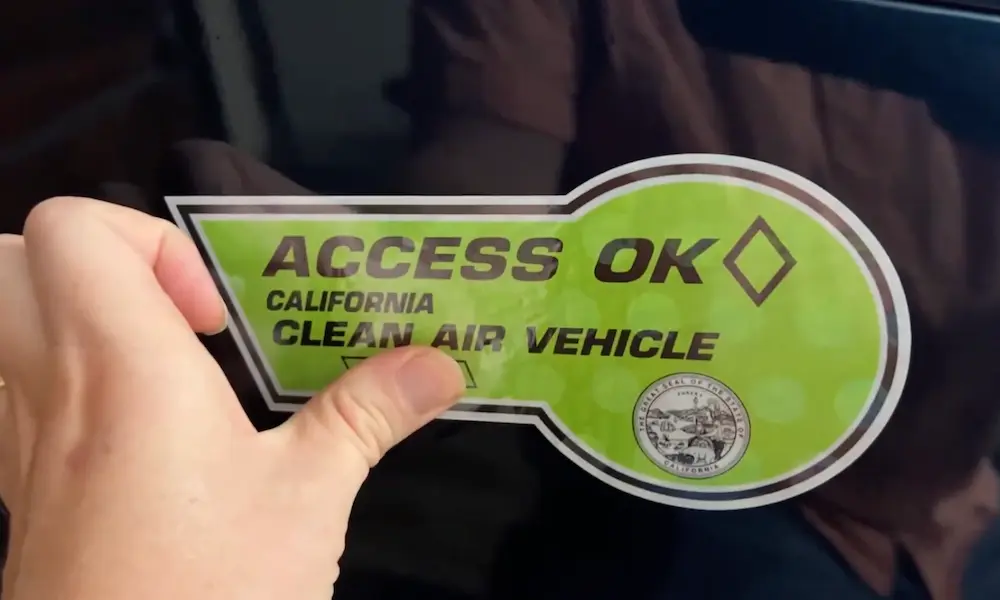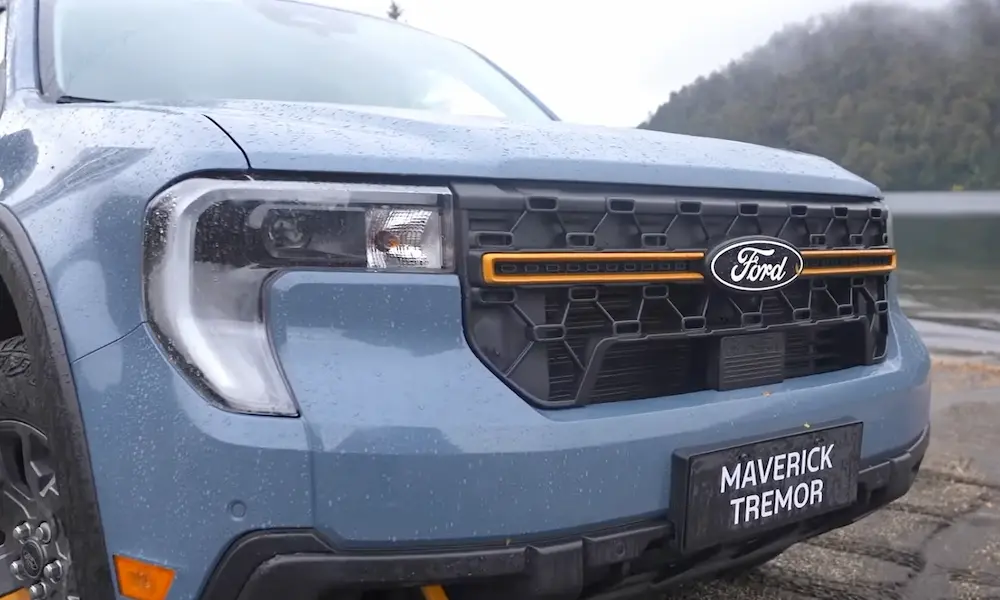Air quality concerns have prompted many states to implement emissions testing programs as a way to identify and reduce pollution from vehicles. If you’ve recently moved or purchased a car, you might be wondering whether you need to get your vehicle tested before registration. With rules varying dramatically across the country, it’s important to understand exactly what’s required in your area.
Which States Require Emissions Testing?
Currently, approximately 30-34 states across the United States have some form of emissions testing requirement. These testing programs vary significantly by location, with some states mandating tests statewide while others limit testing to specific counties or metropolitan areas with air quality concerns.
States with Comprehensive Testing Programs
Several states have implemented robust emissions testing requirements that apply either statewide or across substantial regions:
California maintains one of the nation’s strictest programs through its Smog Check Program, requiring biennial smog certifications for most vehicles in 34 counties. If you own a vehicle in California, you’ll need testing unless your car is:
- Less than eight model years old
- An electric vehicle
- A pre-1976 gasoline vehicle
New York requires annual emissions inspections statewide, making it one of the most comprehensive programs in the country. The state uses enhanced OBD II testing for most vehicles, with exemptions for some historic vehicles.
Connecticut mandates biennial testing for vehicles manufactured since 1968, though the newest vehicles often receive temporary exemptions.
Delaware requires emissions checks every two years, with tests performed by the DMV rather than independent stations.
Vermont enforces annual emissions inspections for vehicles 16 years old or newer through a network of official inspection stations throughout the state.
States with Metropolitan Area Programs
Many states limit emissions testing to specific counties or metropolitan areas:
Georgia requires yearly inspections in 13 counties around Atlanta, exempting the newest three model years and vehicles 25+ years old.
Colorado mandates testing in specific counties designated as Enhanced Areas (Adams, Arapahoe, Boulder, Denver, Douglas, El Paso, and Jefferson) and Basic Areas (Weld, Larimer, and Pitkin).
Virginia requires biennial emissions testing in Northern Virginia counties only, including Arlington, Fairfax, Loudoun, Prince William, and Stafford counties.
Illinois enforces annual testing in the Chicago and East St. Louis metropolitan areas.
Arizona requires testing in Phoenix and Tucson metropolitan areas, with different requirements for each region.
Nevada mandates testing only in Clark County (Las Vegas) and Washoe County (Reno).
Alaska requires emissions testing every two years, but only in designated areas of Fairbanks and Anchorage.
Metropolitan Areas Where Testing Is Required
Even if your state doesn’t have a statewide emissions program, you might still need testing if you live in or near a major city. Here’s a breakdown of major metropolitan areas with emissions requirements:
| Metropolitan Area | Testing Frequency | Vehicle Exemptions |
|---|---|---|
| Atlanta, GA | Annual | Newest 3 model years, vehicles 25+ years old |
| Chicago, IL | Biennial | Vehicles 4 model years or newer |
| Dallas-Fort Worth, TX | Annual or Biennial (varies by county) | Vehicles less than 2 years old |
| Denver, CO | Biennial | Vehicles 7 model years or newer |
| Las Vegas, NV | Annual | Newer vehicles (model year specific) |
| Los Angeles, CA | Biennial | Vehicles less than 8 model years old |
| Northern Virginia | Biennial | Newest 4 model years |
| Phoenix, AZ | Biennial | Vehicles 5 model years or newer |
| Portland, OR | No longer required as of 2021 | N/A |
| Salt Lake City, UT | Biennial | Vehicles less than 2 years old |
Types of Emissions Tests You Might Encounter
Depending on your vehicle’s age and your state’s requirements, you might encounter different types of emissions tests:
OBD (On-Board Diagnostics) Testing
If your vehicle was manufactured after 1996, it will most likely undergo an OBD test. This computerized test:
- Connects to your vehicle’s computer system
- Checks the functioning of emissions control systems
- Identifies potential issues before they cause excessive emissions
- Takes about 15-20 minutes to complete
OBD testing is now the most common type of emissions testing in the United States due to its efficiency and comprehensive nature.
Tailpipe Testing
For older vehicles (typically pre-1996), many states still use tailpipe testing, which:
- Directly measures the actual emissions from your vehicle’s exhaust
- May be conducted with the engine idling or under specific load conditions
- Takes longer than OBD testing
- Is less common as older vehicles become rarer on roads
Visual Inspections
Some states include a visual component to their emissions testing, where inspectors:
- Check for the presence of required emissions equipment (like catalytic converters)
- Look for signs of tampering with emissions systems
- Ensure all components are properly installed and connected
Exempt Vehicles: Do You Need Testing?
Most states offer exemptions from emissions testing for certain vehicle types or ages:
Age-Based Exemptions
- Newer vehicles: Most states exempt vehicles from the most recent 2-8 model years, recognizing that these cars have advanced emissions systems that are unlikely to fail.
- Classic or vintage vehicles: Many states exempt vehicles over 25 years old or manufactured before a specific year (often 1975 or 1976).
Vehicle Type Exemptions
- Electric vehicles: Since they produce zero direct emissions, EVs are exempt in all states with testing programs.
- Diesel vehicles: Some states have separate testing protocols for diesel vehicles or exempt certain diesel categories.
- Motorcycles: Most states exempt motorcycles from emissions testing.
- Heavy-duty vehicles: Vehicles over certain weight limits often have different requirements.
How Often Do You Need Emissions Testing?
Testing frequency varies by location:
| Testing Frequency | States Examples |
|---|---|
| Annual | Georgia (Atlanta area), Nevada (certain counties), New York (statewide) |
| Biennial (every 2 years) | California, Connecticut, Colorado (certain counties), Delaware |
| At time of registration renewal | Most states tie testing to registration renewal cycles |
| Upon sale or transfer | Many states require emissions testing when a vehicle changes ownership |
What Happens If Your Vehicle Fails?
If your vehicle fails an emissions test, don’t panic. Here’s the typical process:
- Get a detailed report: The testing facility will provide information about why your vehicle failed.
- Make necessary repairs: You’ll need to address the issues identified in the test. Common problems include:
- Faulty oxygen sensors
- Bad catalytic converters
- Loose gas caps
- Engine performance issues
- Retest your vehicle: Most states allow a free or reduced-cost retest within a specific timeframe (often 30 days).
- Seek financial assistance if available: Some states offer repair assistance programs for low-income vehicle owners who fail emissions tests.
- Consider a waiver: If repair costs exceed a certain threshold (often $450-$750) and you’ve made good-faith efforts to fix the issues, some states offer financial hardship waivers.
Recent Changes in Emissions Testing Requirements
Emissions testing programs continue to evolve across the country:
- Washington State terminated its emissions testing program in 2020 after 38 years.
- Kentucky and Minnesota have discontinued their testing programs in recent years.
- Oregon ended testing in the Portland metro area at the end of 2021.
These changes typically occur when a state demonstrates sustained improvement in air quality that meets federal standards. However, these states still enforce emissions standards for vehicles.
The Future of Emissions Testing
Several trends are shaping the future of emissions testing programs:
Remote Sensing Technologies
Virginia has implemented RAPIDPASS, an innovative system that completes testing in less than a second as vehicles drive past roadside equipment. This approach offers greater convenience than traditional testing methods.
Focus on Diesel and Heavy-Duty Vehicles
Several states are expanding their testing programs to include heavy-duty diesel vehicles. Connecticut, Rhode Island, and Massachusetts are developing new components for their existing programs to address these larger vehicles.
Impact of Electric Vehicle Adoption
As electric vehicles become more common, emissions testing programs will likely evolve. With the federal government aiming to reduce emissions by half by 2030, we may see changes in both testing requirements and exemptions in coming years.
How to Prepare for Your Emissions Test
To increase your chances of passing an emissions test:
- Fix any check engine light issues: If your check engine light is on, your vehicle will automatically fail an OBD test.
- Ensure your vehicle is properly maintained: Regular oil changes, air filter replacements, and spark plug maintenance all help your vehicle run more efficiently.
- Drive your car for at least 20 minutes before testing: A warm engine runs more efficiently and produces fewer emissions.
- Check your gas cap: A loose, damaged, or missing gas cap is a common cause of emissions test failures.
- Get a pre-test inspection: Many auto shops offer diagnostic services to identify potential emissions issues before your official test.
Understanding the Environmental Impact
Emissions testing programs have played a significant role in improving air quality across the United States. According to the EPA, properly implemented inspection and maintenance programs ensure that poorly performing vehicles are identified and repaired in a timely manner.
These programs are considered very cost-effective in achieving reductions in carbon monoxide, nitrogen oxides, and hydrocarbons—pollutants that contribute significantly to ground-level ozone (smog) and other air quality issues.
Finding Your Local Testing Requirements
To determine the specific emissions testing requirements for your vehicle:
- Contact your state’s DMV or environmental agency: They can provide the most accurate and up-to-date information.
- Check your registration renewal notice: Often includes information about whether an emissions test is required.
- Use online resources: Most states maintain websites with detailed information about their emissions programs.
Remember that requirements can change, so it’s always best to verify current rules before registering a vehicle or moving to a new location.















